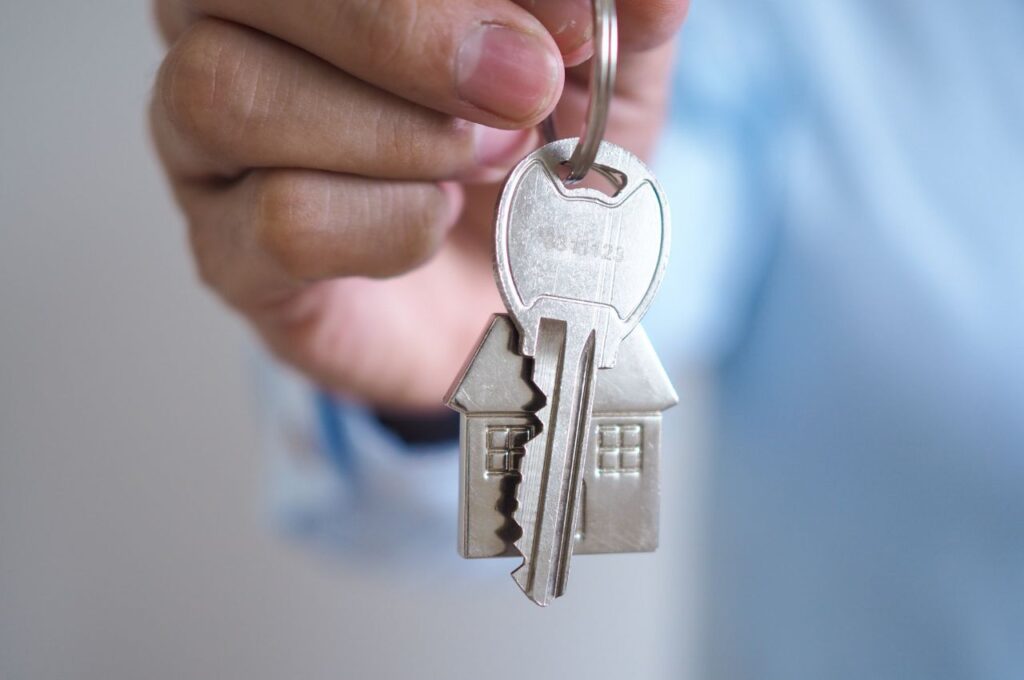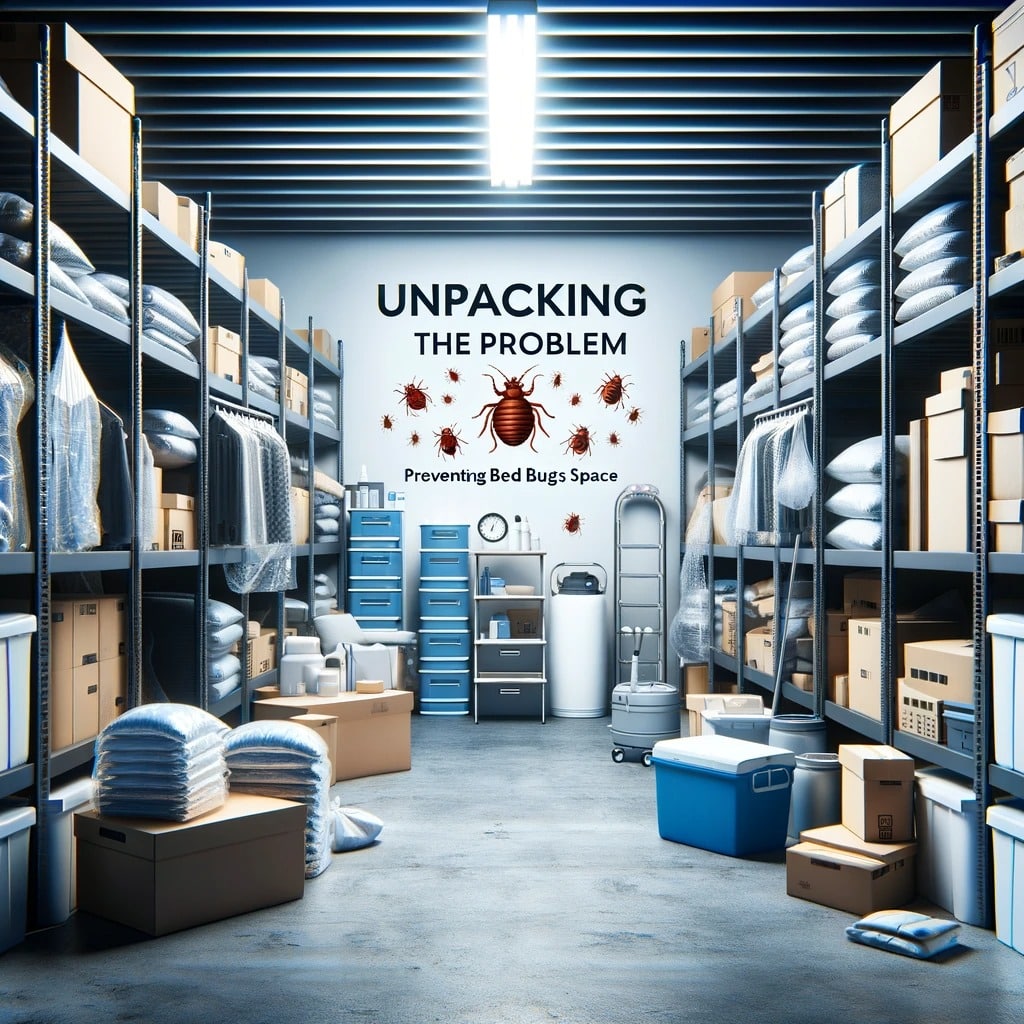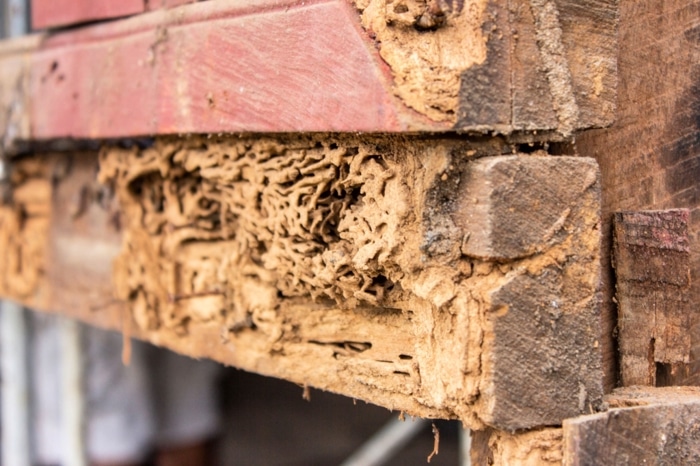Welcoming a new tenant into your property isn’t just about handing over the keys; it’s about establishing trust and ensuring a seamless transition into what they will call home. However, the excitement of onboarding new tenants often comes with the overlooked challenge of ensuring the rental is in prime condition – pest-free, clean, and safe. This guide focuses on the landlords’ essential checklist, emphasising the critical role of pest control in the new tenant onboarding process, ensuring landlords cover all bases for a successful move-in.
New Tenant Checklist for Landlords
The new tenant checklist is an indispensable tool for landlords aiming to streamline the onboarding process. It serves as a comprehensive guide to preparing the rental property, covering legal, safety, and quality standards. The checklist ensures that all aspects of the property are reviewed and addressed before the tenant’s arrival, minimising potential issues and setting the stage for a positive landlord-tenant relationship.
Key components of this checklist include verifying compliance with local housing laws, ensuring all utilities are operational, and conducting a thorough safety inspection of the property. Equally important is addressing the condition of the property, which includes a detailed pest inspection to identify and mitigate any signs of infestation. By integrating pest control into this initial checklist, landlords can demonstrate their commitment to providing a healthy and comfortable living environment, significantly impacting tenant satisfaction.
The checklist also facilitates clear communication between landlords and tenants about the property’s condition and expectations for maintenance. Documenting the state of the rental through detailed inspections and photographs provides a baseline that can be referred back to at the end of the tenancy, helping to resolve any disputes about damages or maintenance issues that may arise.
Move-In Checklist for Landlords and Tenants
The move-in checklist for landlords and tenants is a critical component of the onboarding process, designed to ensure both parties agree on the condition of the property at the time of move-in. This checklist goes beyond a simple inventory of items within the property; it includes a detailed examination of the home’s physical condition, from the operation of appliances and systems to the integrity of windows and doors.
Including pest control measures in the move-in checklist is essential. This should detail the current pest-free status of the property, any preventative measures taken, and guidelines for tenants on maintaining a pest-free environment. Conducting a walkthrough with the tenant allows for a mutual understanding of the property’s condition, offering an opportunity to discuss how pest control measures are integrated into the maintenance of the property. This walkthrough, ideally, should be a collaborative effort, with tenants encouraged to ask questions and express any concerns they might have.
The move-in checklist is a tangible demonstration of the landlord’s dedication to upkeep and safety, including pest management. It establishes a clear expectation for the property’s condition and sets a precedent for the level of care the tenant is expected to maintain. Documenting this process ensures that there is a mutual understanding of responsibilities, which can significantly reduce conflicts during the tenancy.
Rental Checklist for Landlord
Preparing a property for a new tenant requires attention to detail and an understanding of what makes a rental appealing and safe. The rental checklist for landlords is a tool that ensures the property meets these criteria, focusing on maintenance, cleanliness, functionality, and safety. This checklist is crucial for identifying areas that need repair or improvement before the tenant’s move-in, ensuring the property is in the best possible condition.
Pest control is a significant concern that needs to be addressed within this checklist. Regular inspections and treatments should be scheduled to maintain a pest-free environment, demonstrating to tenants that their health and comfort are a priority. This section of the checklist should include assessing the property for any potential pest entry points, ensuring all seals and screens are intact, and scheduling professional pest control services if necessary.
Moreover, this checklist allows landlords to systematically review each part of their property, ensuring that everything from the structural integrity of the building to the functionality of the heating and cooling systems is in order. It acts as a preventive measure, identifying potential issues before they become significant problems, thereby saving time and money in the long run and maintaining the property’s value.
First Time Landlord Checklist

Embarking on the journey as a first-time landlord comes with its set of challenges and learning curves. This checklist is designed to guide new landlords through the essential steps of preparing their property for rental, ensuring they meet all legal requirements and set themselves up for a successful tenancy. Understanding the responsibilities involved in property management is crucial, including legal obligations, tenant rights, and the importance of maintaining the property’s condition.
A paramount aspect of this checklist involves familiarising oneself with landlord-tenant laws, which vary by location. These laws cover everything from security deposit limits to tenant screening processes and eviction procedures. Equally important is setting the right rental price, which requires market research to understand the competitive landscape in your area.
Including pest control in the property management routine from the outset is vital. Proactive pest management involves regular inspections and treatments, establishing relationships with reputable pest control providers, and creating a protocol for addressing pest sightings reported by tenants. For first-time landlords, understanding that preventing pest infestations is far more cost-effective than dealing with them after they’ve occurred can save considerable hassle and expense.
Additionally, this checklist encourages first-time landlords to consider the tenant experience. Providing a clean, safe, and pest-free living environment is fundamental to tenant satisfaction. This satisfaction leads to longer tenancies, positive reviews, and word-of-mouth recommendations, all of which are invaluable to a landlord’s success.
Condition of Rental Property Checklist
Maintaining the condition of a rental property is an ongoing responsibility that directly impacts its desirability and longevity. This property management checklist focuses on the thorough assessment of the property’s condition before a new tenancy begins, ensuring that any issues, particularly pest-related, are addressed preemptively. A detailed evaluation of the property’s structural integrity, appliances, utilities, and overall cleanliness is crucial for identifying any areas that may require attention or repair.
The checklist emphasises the importance of a detailed pest inspection. Identifying signs of infestations, such as droppings, nests, or damage to woodwork, and taking immediate action to resolve these issues is essential. Landlords should also assess the property for potential entry points for pests, ensuring that gaps in doors, windows, and the property’s exterior are sealed.
Documenting the condition of the property with photographs and detailed notes is a critical step. This documentation serves as a baseline for the property’s condition at the time of move-in, which can be invaluable in the event of disputes over damages or maintenance responsibilities. It also provides a reference for assessing the effectiveness of pest control measures over time.
Including Pest Control in Your Tenant Onboarding
Integrating pest control into the tenant onboarding process is a proactive measure that benefits both landlords and tenants. This section of the guide outlines how landlords can effectively communicate their pest control policies, set expectations for tenant participation in pest prevention, and establish a schedule for professional pest inspections and treatments.
Educating tenants on the pest control measures in place, including how to report sightings and the steps that will be taken to address them, is essential. Providing clear guidelines helps to ensure that tenants feel comfortable and informed about the process, which can lead to quicker reporting of issues, allowing for more immediate action to prevent infestations.
Collaboration with pest control services like Pest Share can simplify ongoing pest management. By setting up a regular inspection and treatment schedule with a trusted provider, landlords can ensure that their property remains pest-free. This arrangement not only protects the property but also enhances tenant satisfaction by providing a clean and safe living environment.
Providing tenants with resources and contacts for reporting pest-related issues is a crucial component of including pest control in tenant onboarding. Ensuring that tenants have easy access to this information encourages prompt reporting, which is key to effective pest management. Establishing a culture of open communication around pest control can significantly impact the overall success of the property management strategy, fostering a healthy, long-term relationship between landlords and tenants.
Finalising the Onboarding Process
After ensuring the rental property meets all necessary conditions, including a thorough pest control check, finalising the onboarding process is the next crucial step. This stage involves reviewing and signing all essential documents, such as the lease agreement, pest control policies, and the completed condition and move-in checklists. These documents serve as the foundation of the legal and operational relationship between landlord and tenant, outlining rights, responsibilities, and expectations.
Providing tenants with a welcome packet is an excellent way to conclude the onboarding process. This packet can include important information about the property, such as utility setup instructions, community guidelines, local amenities, and emergency contacts. Including a section on pest control, with tips for maintaining a pest-free environment and contact information for reporting issues, reinforces the importance of this aspect of property maintenance.
Setting the tone for open communication from the start encourages tenants to report maintenance and pest issues promptly. Emphasising that the landlord is approachable and responsive to concerns can lead to a more positive tenant experience, reducing the likelihood of problems escalating and fostering a collaborative approach to property care.
Conclusion
A comprehensive approach to tenant onboarding, including a focus on pest control, sets the stage for a successful tenancy. By systematically addressing each aspect of the property’s condition, legal requirements, and tenant expectations, landlords can enhance tenant satisfaction, protect their investment, and maintain a desirable rental property. Remember, a well-maintained property is more than just a place to live; it’s a place tenants are proud to call home.
Ready to elevate your tenant onboarding process? Reach out to Pest Share for seamless pest control integration and support, ensuring your rental property remains a top choice for current and prospective tenants. Let’s work together to create welcoming, pest-free living spaces.





